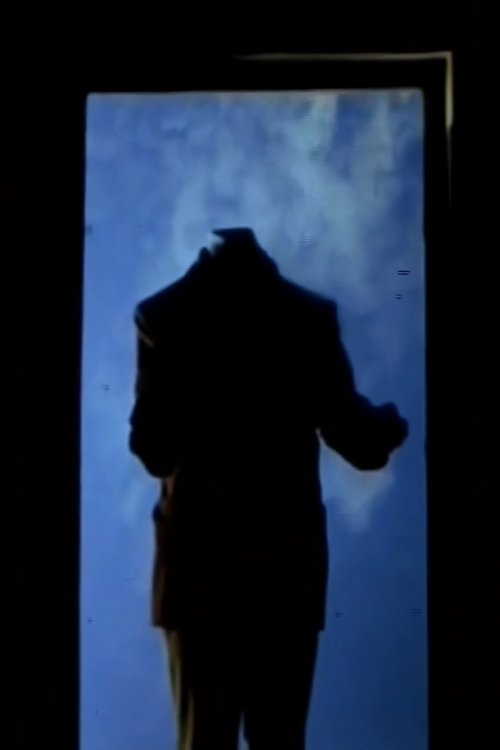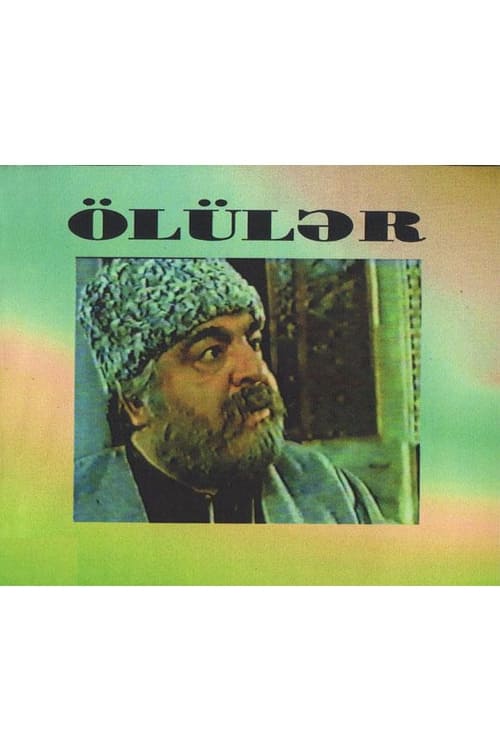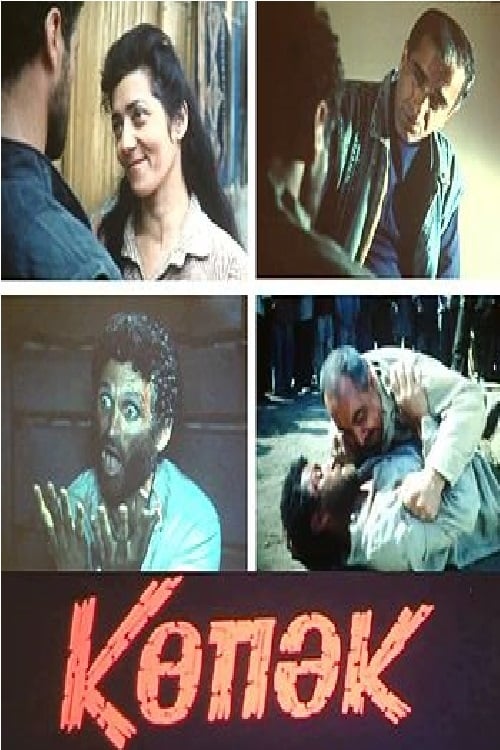
Ask Your Own Question
What is the plot?
What is the ending?
In the ending of "The Scream" (1993), the protagonist, a young woman named Julie, confronts the masked killer in a tense showdown. After a harrowing chase, she manages to outsmart the killer, leading to a climactic confrontation where she ultimately defeats him. The film concludes with Julie emerging as a survivor, but the emotional scars of the ordeal linger.
As the final act unfolds, the atmosphere is thick with tension. Julie, having endured a series of terrifying encounters with the masked killer, finds herself in a dimly lit, abandoned building. The air is heavy with dread, and the sound of her own heartbeat echoes in her ears. She is determined to confront the nightmare that has haunted her and her friends.
Scene by scene, the climax begins with Julie stealthily navigating through the dark corridors, her breath quickening as she hears the faint sound of footsteps behind her. The killer, shrouded in a menacing mask, stalks her with a predatory grace. Julie's heart races, not just from fear but from a fierce resolve to survive. She recalls the moments of her friends' tragic fates, fueling her determination to end this terror.
In a pivotal moment, Julie finds a makeshift weapon--a broken piece of glass. As she turns a corner, she unexpectedly comes face to face with the killer. The confrontation is electric; fear and adrenaline surge through her veins. The killer taunts her, revealing a twisted sense of satisfaction in the chaos he has caused. Julie, however, channels her fear into courage. She lunges at him, using the glass shard to defend herself.
The struggle is intense, a visceral clash of wills. Julie's emotions swing from desperation to empowerment as she fights for her life. The killer, underestimating her resolve, falters. In a moment of clarity, Julie seizes the opportunity and delivers a decisive blow, incapacitating him. The mask falls away, revealing the face of someone she once knew, a shocking twist that adds layers to her trauma.
As the dust settles, Julie stands over the defeated figure, panting heavily, her body trembling from the adrenaline and the weight of what she has just done. The realization of her survival washes over her, but it is bittersweet. She has lost friends and innocence along the way, and the emotional toll is evident in her eyes.
The film concludes with Julie walking away from the scene, the dawn breaking in the distance. The light symbolizes a new beginning, yet the shadows of her experience linger. She is a survivor, but the scars of her ordeal will remain with her, a reminder of the darkness she faced and the strength she found within herself.
In the aftermath, the fates of the other main characters are starkly contrasted with Julie's. Her friends, who were once vibrant and full of life, have fallen victim to the killer's rampage, their lives cut short in a brutal fashion. Each loss weighs heavily on Julie, shaping her into a more resilient individual, yet the grief for her lost companions is palpable. The film closes on a haunting note, leaving the audience to reflect on the fragility of life and the enduring impact of trauma.
Is there a post-credit scene?
The movie "The Scream," produced in 1993, does not have a post-credit scene. The film concludes its narrative without any additional scenes or content after the credits roll. The story wraps up with the resolution of the main plot, leaving the audience with the emotional weight of the characters' experiences and the themes explored throughout the film.
What role does the setting play in the development of the plot?
The setting, primarily the isolated and eerie landscape surrounding Anna's home, amplifies the film's suspense. The desolate environment mirrors Anna's internal struggles and creates a palpable sense of dread, as the characters confront both external and internal demons.
What motivates the character of Anna in The Scream?
Anna is driven by a deep sense of loss and a quest for understanding after the tragic death of her mother. Her emotional turmoil manifests in her interactions with others, particularly as she grapples with her grief and the haunting memories that surface throughout the film.
How does the character of David contribute to the story's tension?
David serves as a catalyst for the unfolding drama, as his presence in Anna's life brings both comfort and conflict. His attempts to help Anna confront her past often lead to heightened emotional stakes, revealing his own vulnerabilities and the complexities of their relationship.
How does the character of the mother influence Anna's actions throughout the film?
Anna's mother, though deceased, looms large in her psyche. Flashbacks and memories of her mother shape Anna's decisions and emotional responses, driving her to seek closure and understanding, which ultimately propels the narrative forward.
What is the significance of the scream that Anna experiences?
The scream represents Anna's suppressed emotions and the culmination of her grief. It serves as a pivotal moment in the film, symbolizing her breaking point and the release of her pent-up anguish, which is crucial for her character development and the resolution of her internal conflict.
Is this family friendly?
The Scream, produced in 1993, is not considered family-friendly due to its intense themes and graphic content. Here are some potentially objectionable or upsetting aspects that may affect children or sensitive viewers:
-
Violence: The film contains scenes of graphic violence, including murder and physical confrontations that may be disturbing.
-
Psychological Horror: The atmosphere is filled with tension and fear, which can be unsettling for younger audiences. The portrayal of characters in distress can evoke strong emotional reactions.
-
Death and Grief: Themes of loss and the impact of violence on families are central to the narrative, which may be heavy for sensitive viewers.
-
Disturbing Imagery: There are moments that include unsettling visuals that could be frightening, particularly for children.
-
Adult Themes: The film explores complex adult emotions and situations, including trauma and fear, which may not be suitable for younger viewers.
Overall, the film's intense horror elements and mature themes make it more appropriate for an adult audience.






































